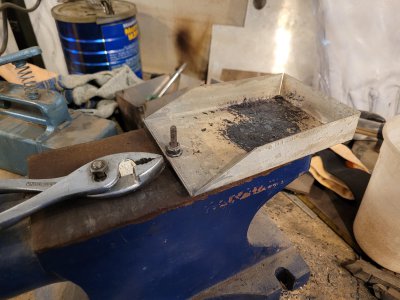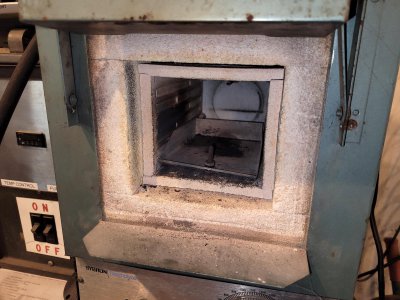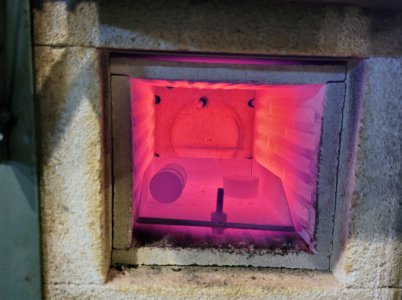I recently rebuilt an old muffle oven to use for heat treat parts, it is capable of at least 2000f. I have run a few items through it but most of my parts are smaller so I was thinking about a tray of some type to put the parts in. The oven is 6.5" wide and 16" deep. What type of metal should I make the tray out of? Does anyone else use a tray?
Sent from my Pixel 6 Pro using Tapatalk
Sent from my Pixel 6 Pro using Tapatalk




